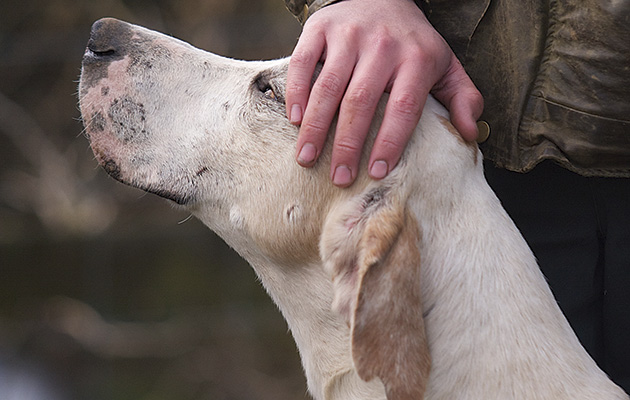Opinion
The “situations vacant” column has been particularly busy this year as jobs within hunt service become available and then positions are filled, which has a knock-on effect, filtering down through the ranks until hopefully everyone finds a suitable position.
There are two ways to progress within hunt service. Firstly, to climb the ranks of responsibility. Roughly speaking, the order of progression might go from kennelman or second whipper-in, to first whipper-in then kennel-huntsman.
In the latter role you are, as the name suggests, responsible for the care of the hounds and running of the kennels but still acting as first whipper-in on the hunting field, usually to an amateur huntsman — most often one of the masters. The top of the professional tree is, obviously, huntsman.
While it is possible to progress within a hunt, it is usually easier to move to advance, which also has the added bonus of adding to one’s experience in terms of types of hounds and country.
The second way to progress is by moving to a “bigger” pack. This is usually measured in terms of numbers of days hunted, although quality of country is also a factor and everybody has an unofficial league table in their head based on their own preferences. So one might move as a first whipper-in from a two-day-a-week pack to a three- or four-day-a-week pack, or to a pack with a perceived better country.
At 33 I am still a relatively young huntsman, but I can now look back on 17 seasons in hunt service. As with many of my generation, I went straight as a first whipper-in. This is more of sign of the times than of any particular brilliance on my part.
There are many fewer jobs available, with fewer kennels employing two whippers-in. There is also less demand for the jobs, making the progression up the ranks much quicker than days of old, and vital experience and maturity are not necessarily gained along the way.
Huntsmen 20 years my senior are far more likely to have entered hunt service as a second whipper-in, and 20 years prior to that they would likely have started in the stables as second horseman — a job now sadly defunct.
Joining forces
There has been much talk of late on amalgamation and, while I don’t want to dwell on specific cases, one great bonus would be that there would be fewer hunts.
“Why is that a bonus?” I hear you cry. Hear me out. Fewer hunts would mean bigger hunts with healthier finances and more country available to hunt, which hopefully would lead to better hunts with a better staffed kennels on more traditional lines. With any luck there would be fewer two-day-a-week packs and more three/four-day packs, which would have the result of increasing the number of junior roles.
It would also increase the demand for jobs so that hunts had an even greater choice of applicants and the career path would slow down, which in turn would add to the depth of experience within the profession.
Despite all the challenges that the hunting community faces, hunting is still a wonderful career option. As I walk out the Pytchley hounds on a morning and pass the streams of cars on their way to the office or the station, I reflect that there really is nothing I would rather do. If you can make a career out of what you are most passionate about, then you are blessed indeed.
So, I would certainly say to any young hunting enthusiasts, go and spend a few days helping in your local kennels and, who knows, you could live happily ever after.
Ref Horse & Hound; 3 January 2019

